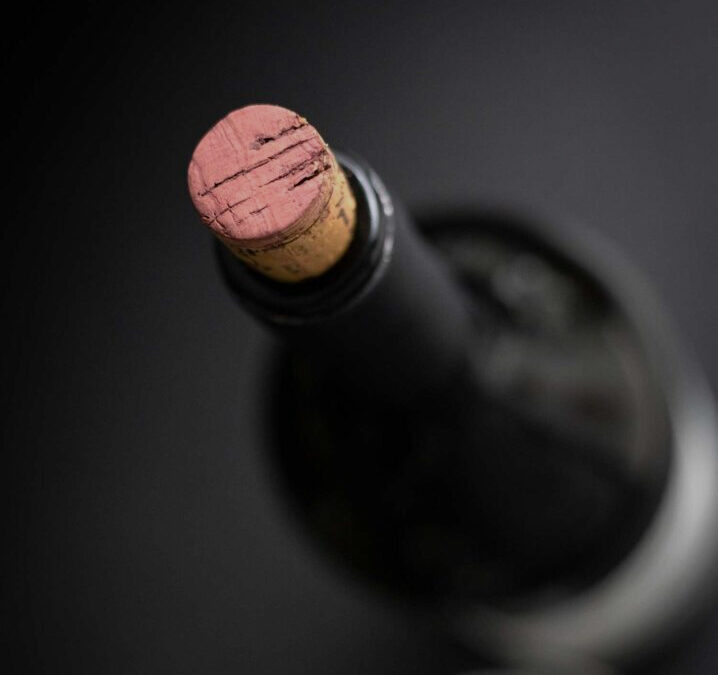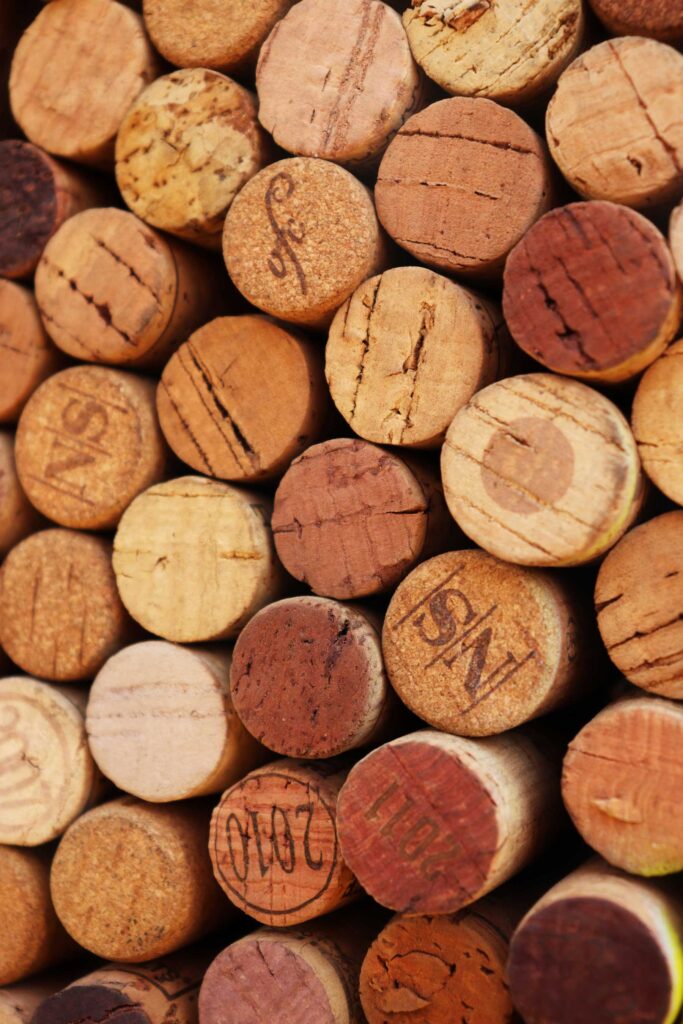
“Excuse Me, I’m Afraid This Is Corked”
Basil Fawlty’s response was priceless “I just uncorked it didn’t you see?”.
We might well laugh at Basil’s ignorance, however it’s still a phrase that can instantly silence fellow diners. Or initiate panic in the eyes of an inexperienced member of waiting staff, causing temporary paralysis.
I once had the discomfort of facing a stroppy and indignant somm who insisted that the wine was fine. When he finally agreed to replace the bottle, he brought the same one back thinking that I wouldn’t notice! Fortunately he’s in the minority, so don’t be put off making the call.
What the heck is corked wine anyway and why should we be aware of it?
Corked Wine: In Layman’s Terms
Let’s start with the facts.
Until recently, the equivalent of one bottle in every twelve sealed with a natural cork is said to be affected by cork taint, to some degree. That’s a pretty grim assessment.
At one end of the scale it’s blindingly obvious. The underside of the cork and the wine itself has a musty smell like wet cardboard or damp cellars.
You’re probably going to tip the wine away, or if you’re dining out, hopefully use the phrase of this blog title. Maybe resist tipping it away and I’ll explain why later.
At the other end of the scale, there’s no musty smell. In fact, there’s not much aroma at all. The vibrant fruity character you’re expecting is replaced with a slight bitterness and the fruit element is totally dumbed down.
You may end up drinking the wine but I bet you never buy it again. Why, because life’s too short to drink crap wine, right? This is the worst possible outcome for the producer who painstakingly made the wine!
So what exactly’s going on here?

Corked Wine: In Scientific Terms
Cork taint is caused by the presence of 2,4,6-Trichloroanisole or TCA for short.
It’s a chemical compound primarily found in corks, caused by the interaction between the naturally occurring bacteria or fungi, found in and around cork trees, with man-made chlorophenols.
“Chloro-what?”
The chlorinated (as in chlorine) phenolic (aroma-related) compounds can come from several sources. Either through absorption of pesticide or preservative treatments during the tree’s growth. Or during the sterilisation process before the corks are manufactured.
Unfortunately, it’s not just corks that can contain TCA. It can also come from within the winery too. On barrels, wooden beams, essentially anywhere there’s wood.
It literally only takes a minuscule trace to come into contact with wine for it to become tainted and spoilt. Entire vats of wine have been discarded because of TCA contamination, so the cost to the industry has been astronomical.
There are actually several other forms of spoilage which can occur in wines and I’ve covered these in a separate article. They have a whole different range of dodgy aromas or visual imperfections associated with them.

Misconceptions About Corked Wine
If you happen to find bits of cork floating in your wine after you’ve opened it, it doesn’t automatically mean the wine’s corked. It simply means that the cork is very dry and/or your corkscrew’s thread is too thick.

I always give the underside of the cork a quick sniff as it’ll usually reveal if the tell-tale sign of TCA is present. If the cork smells okay then the solution to your floating bits is just pour it through a tea-strainer or sieve and, hey presto!
Another misconception is that TCA only shows in wines bottled with natural cork. As explained above, it doesn’t just come from corks, although it is the main culprit. Cork manufacturers have worked tirelessly to find a solution to TCA contamination.
Over the past 2 or 3 years, two of the industry’s biggest manufacturers, Amorim and Diam, have claimed to have invented new treatment processes that now guarantee 100% non-detection.
Before You Tip That Corked Wine Away
An American professor of wine chemistry has come up with an ingenious way to eliminate the foul effects of TCA. Simply line a large bowl with cling film, pour in the wine and leave for a few minutes. Then pour carefully back into a jug or decanter.
All you need to know is that the polyethylene basically attracts the non-polar TCA molecules towards it, freeing the wine.
How cool is that!
Is the cork industry’s future assured? Will more premium estates continue to embrace screwcaps, which have become far more widely accepted? Or will packaging finally push the envelope and take a whole new direction altogether?
I’ll be exploring these questions another time.
